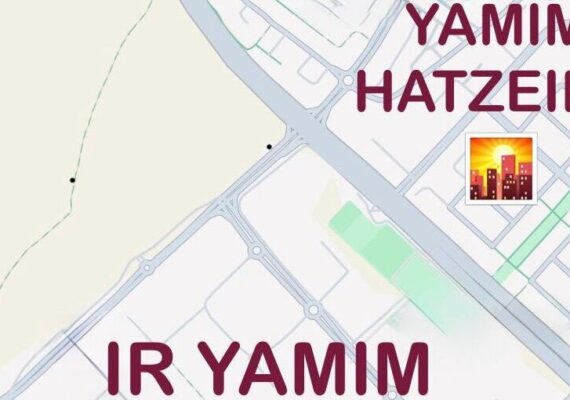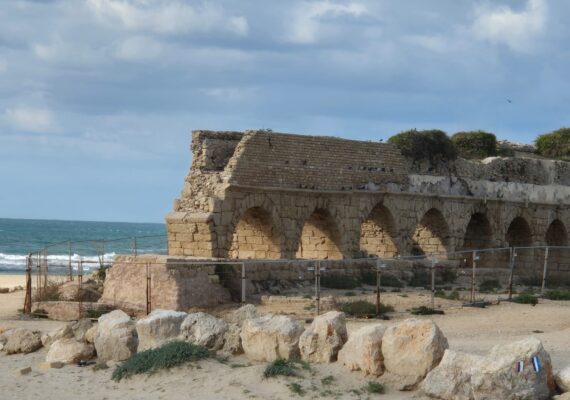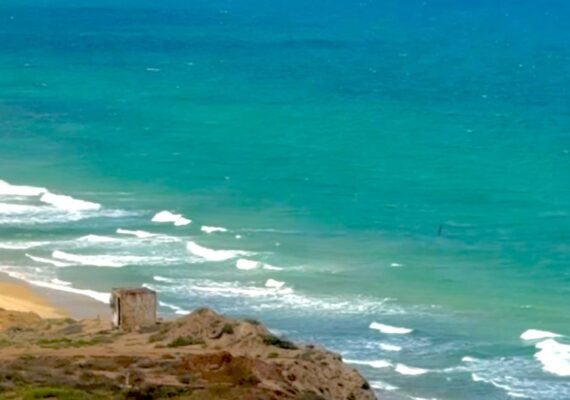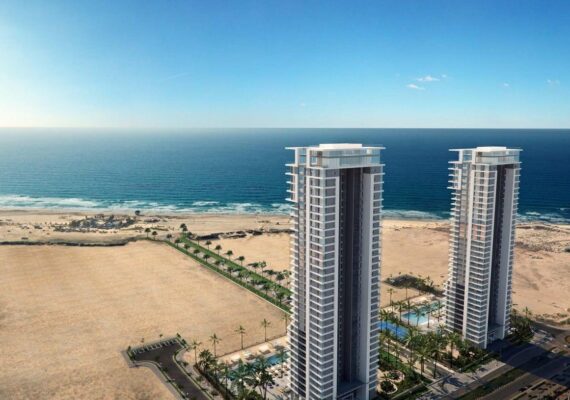Tzfat (also spelled Safed) is one of Israel’s most historically and spiritually significant cities. Nestled in the mountains of the Upper Galilee, it is known for its rich religious heritage, thriving art scene, and picturesque landscapes. As one of Judaism’s four holy cities, alongside Jerusalem, Hebron, and Tiberias, Tzfat offers a unique lifestyle that combines tradition, creativity, and natural beauty.
Historical and Spiritual Significance
Tzfat has been a center of Jewish learning and mysticism for centuries. In the 16th century, it became a hub for Kabbalah, the esoteric branch of Judaism, attracting prominent scholars such as Rabbi Isaac Luria (the Ari) and Rabbi Joseph Caro. Their teachings had a lasting impact on Jewish thought, and today, visitors and residents alike are drawn to the city’s ancient synagogues, such as the Ari Ashkenazi and Abuhav Synagogues, which remain active places of worship.
Climate and Geography
At approximately 900 meters (2,953 feet) above sea level, Tzfat is the highest city in Israel. This elevation provides a mild climate, with warm summers and cool winters. Unlike many other Israeli cities, Tzfat experiences occasional snowfall in winter, adding to its charm. The city’s elevated location also offers breathtaking views of the surrounding Galilee region, including the Sea of Galilee and the Golan Heights.
Community and Lifestyle
Tzfat is home to a diverse population, including religious and secular Jews, artists, and families seeking a quieter lifestyle. The city has a strong presence of ultra-Orthodox communities, and life here follows a slower, more traditional rhythm. Shabbat and Jewish holidays are observed with deep reverence, bringing a peaceful atmosphere to the city as businesses close and the streets become quiet.
The city is also an artistic hub, with a well-known artists’ quarter filled with galleries, studios, and workshops. The combination of historic stone buildings, cobbled streets, and vibrant artwork makes Tzfat one of Israel’s most visually distinctive cities.
Modern Amenities and Infrastructure
Despite its ancient character, Tzfat offers modern conveniences, including schools, yeshivas, healthcare facilities, and a variety of shops and restaurants. Ziv Medical Center serves as the main hospital in the region, providing medical care to residents. The city has a selection of dining options, ranging from traditional Israeli eateries to small cafes catering to visitors and locals alike.
Cost of Living
Compared to major Israeli cities like Tel Aviv and Jerusalem, Tzfat has a lower cost of living. Housing is more affordable, though prices have risen in recent years due to increased interest from people looking for a quieter, more spiritual lifestyle. The city is generally well-suited for those who appreciate a small-town feel while still having access to essential services.
Tourism and Attractions
Tzfat attracts visitors year-round due to its historical sites, religious significance, and cultural events. The annual Klezmer Festival, which celebrates Jewish music, draws performers and audiences from around the world. The city’s winding alleyways, ancient synagogues, and panoramic views create a unique and immersive experience for both residents and tourists.
Conclusion
Living in Tzfat means embracing a lifestyle deeply rooted in history, spirituality, and community. With its stunning mountain views, rich cultural heritage, and artistic spirit, the city offers a unique alternative to the fast-paced life of Israel’s larger urban centers. Whether one seeks a religious environment, an artistic retreat, or simply a peaceful place to call home, Tzfat provides a compelling and inspiring setting.
Click here to view real estate for sale and rent in Tzfat
Click here to view real estate opportunities in Northern Israel






